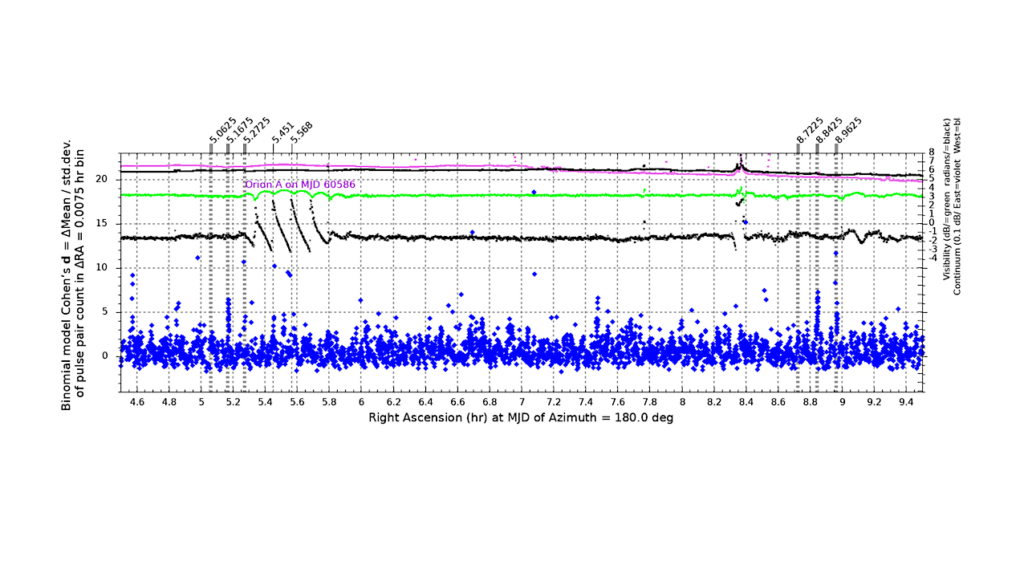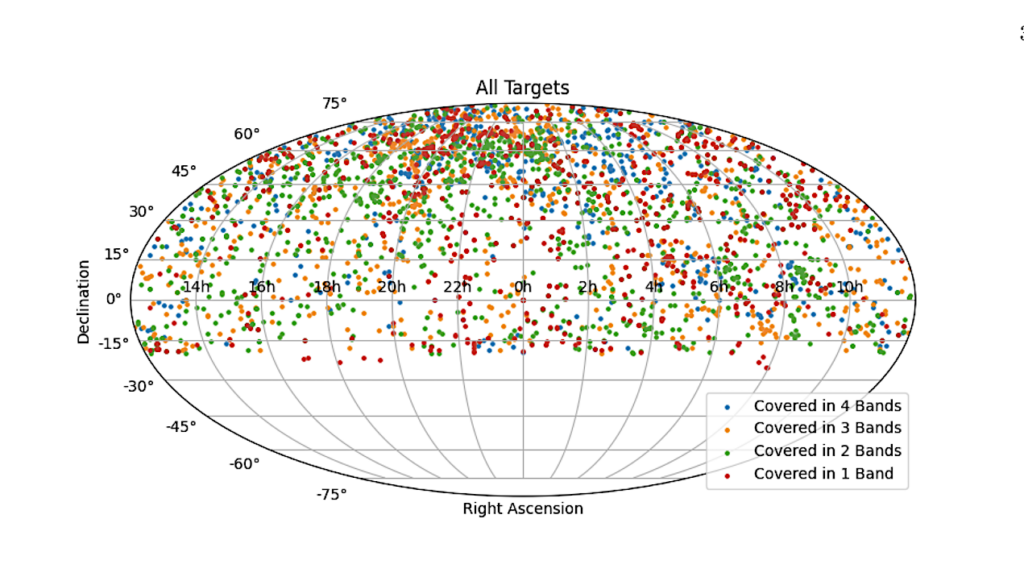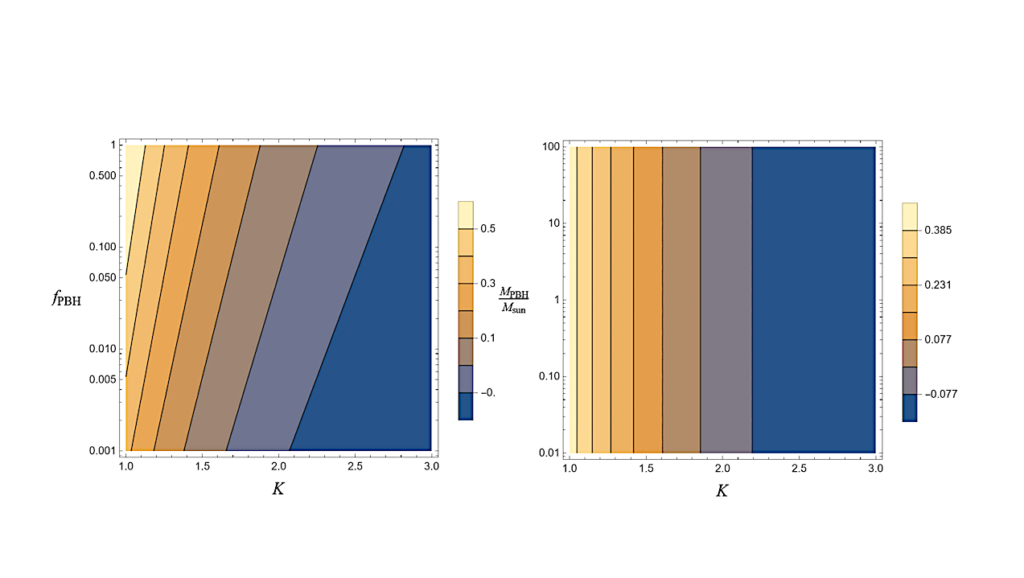Interstellar Communication: The Colors Of Optical SETI

It has recently been argued from a laser engineering point of view that there are only a few magic colors for optical SETI. These are primarily the Nd:YAG line at 1064 nm and its second harmonic 532.1 nm.
Next best choices would be the sum frequency and/or second harmonic generation of Nd:YAG and Nd:YLF laser lines, 393.8 nm (near Fraunhofer CaK), 656.5 nm (H$\alpha$) and 589.1 nm (NaD2). In this paper, we examine the interstellar extinction, atmospheric transparency and scintillation, as well as noise conditions for these laser lines. For strong signals, we find that optical wavelengths are optimal for distances $d\lesssim\,$kpc. Nd:YAG at $\lambda=1{,}064\,$nm is a similarly good choice, within a factor of two, under most conditions and out to $d\lesssim3\,$kpc. For weaker transmitters, where the signal-to-noise ratio with respect to the blended host star is relevant, the optimal wavelength depends on the background source, such as the stellar type. Fraunhofer spectral lines, while providing lower stellar background noise, are irrelevant in most use cases, as they are overpowered by other factors. Laser-pushed spaceflight concepts, such as “Breakthrough Starshot”, would produce brighter and tighter beams than ever assumed for OSETI. Such beamers would appear as naked eye stars out to kpc distances. If laser physics has already matured and converged on the most efficient technology, the laser line of choice for a given scenario (e.g., Nd:YAG for strong signals) can be observed with a narrow filter to dramatically reduce background noise, allowing for large field-of-view observations in fast surveys.
Michael Hippke
(Submitted on 4 Apr 2018)
Comments: 17 pages, 12 Figures. Comments welcome
Subjects: Instrumentation and Methods for Astrophysics (astro-ph.IM)
Cite as: arXiv:1804.01249 [astro-ph.IM] (or arXiv:1804.01249v1 [astro-ph.IM] for this version)
Submission history
From: Michael Hippke
[v1] Wed, 4 Apr 2018 06:24:52 GMT (3834kb,D)
https://arxiv.org/abs/1804.01249
Astrobiology








